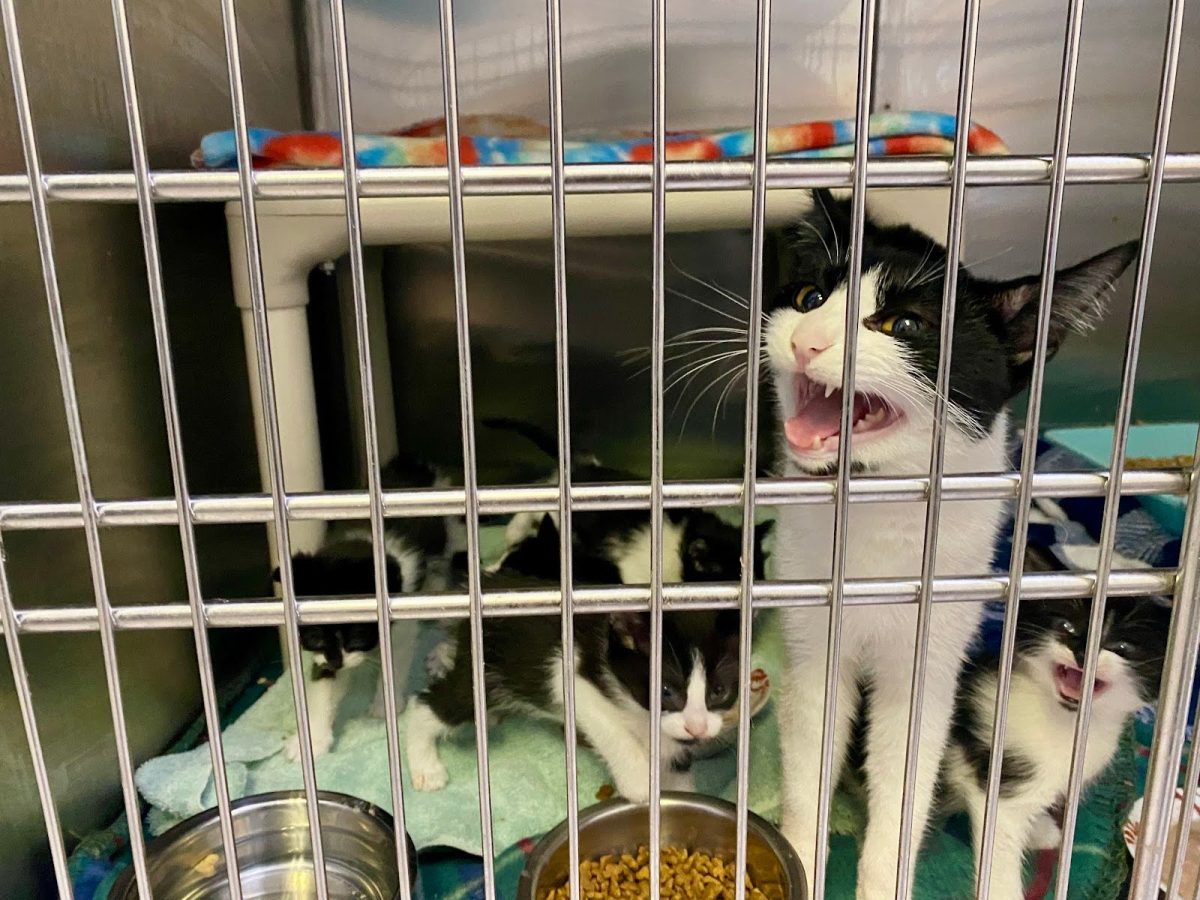by Maayan Schechter – Editor Campus Voice – [email protected]
Higher numbers of armed security guards in schools may negatively impact students of color.
When the National Rifle Association lobbies to beef up security at schools, students of color suffer the most. The NRA wants to use its First Amendment rights to lobby on behalf of its membership for policies the majority of its membership supports.
NRA spokesman Wayne LaPierre announced a plan to curve school shootings by stationing armed security guards made up of trained volunteers at every school nationally.
Obama recently announced new initiatives to provide more school safety by granting additional funding toward school resource officers (police), psychologists and school counselors and better access to healthcare. Many schools, particularly in urban sections of the U.S., already employ armed personnel. However, armed security could do more harm to a student. Across the country, some 23,000 schools carry armed security and school shootings still happen according to a recent New York Times article.
A 2011 study in the journal Youth Society found the presence of more school guards made black students more fearful by 84 percent.
Increase the school armed security guards and the increase of minority students arrested could result in an increase in juvenile detention population. Many education advocates call this the “school-to-prison pipeline effect.”
People of color make up less than 20 percent of the United States population, yet make up a large amount of the prison system within their population. African-Americans make up 13.1 percent of the population, while Hispanics, the second leading race in prison, making up 16.7 percent.
In 2009, the number of inmates totaled 767,434, with 7,218 being juveniles according to the U.S. Census Bureau. African-Americans totaled 300,500 and Hispanics 124,000 of inmates. Many inmates never finish 8th grade, let alone graduate from high school.
More than 100,000 students are expelled each year, while more than 3 million students are suspended according to recent data from the Department of Education’s Office for Civil Rights. The majority of those suspended and expelled are students of color.
The school-to-prison pipeline holds its roots deep in social and economic inequality. Stemming from the desegregation of schools in the 1960s to the fight of human civil rights, all the way to the failed war on drugs and public schools damaging “zero-tolerance policy,” the tragic national trend refers to a systematic failure of public school curriculum and political legislation, focusing on criminalizing rather than educating.
The American Civil Liberties Union, a human rights organization, targets schools that enforce a “zero tolerance policy,” or when law enforcement instead of administrators handle school misconduct, resulting in the rise of suspensions, expulsions and school-based arrests.
Suspension or expulsion of a student may put that student at high risk. Many come from single-parent homes and live in poor social climates.
Students are then at-risk and more likely to end up in jail or prison. Due to lack of money from the increasing privatization of prisons, education for juveniles could be cut out of jail budgets.
In the 2012 fiscal year, the North Carolina Department of Juvenile Justice and Delinquency Prevention is facing $15.5 million in spending cuts, a 10 percent decrease from its current $151 million budget. These budget cuts could hurt the allocation of money for education, treatment and mentoring.
Students of color, typically African-American students, are more likely to be suspended or expelled, even arrested. In 2003, African-American youth made up 16 percent of the country’s overall juvenile population, yet made up 45 percent of juvenile arrests according to the ACLU.
Everyone must combat the school-to-prison pipeline. Teachers, parents, students, education advocates, state and federal governments as well as local school districts should be the foundations for change.
In one Mississippi school district, 33 of every 1,000 children were either arrested to sent to juvenile detention centers, according to a recent report made by the Advancement Project. Only 4 percent of those law enforcement referrals were for felony-like behavior. The majorities were for “disorderly conduct,” such as not adhering to a school’s dress code
Political legislators as well as state governments should be mindful of bringing in armed security to public schools where education has been pushed aside for safety.
Categories:
Armed school security guards pose high risk for racial minority students
February 20, 2013
0
More to Discover

















